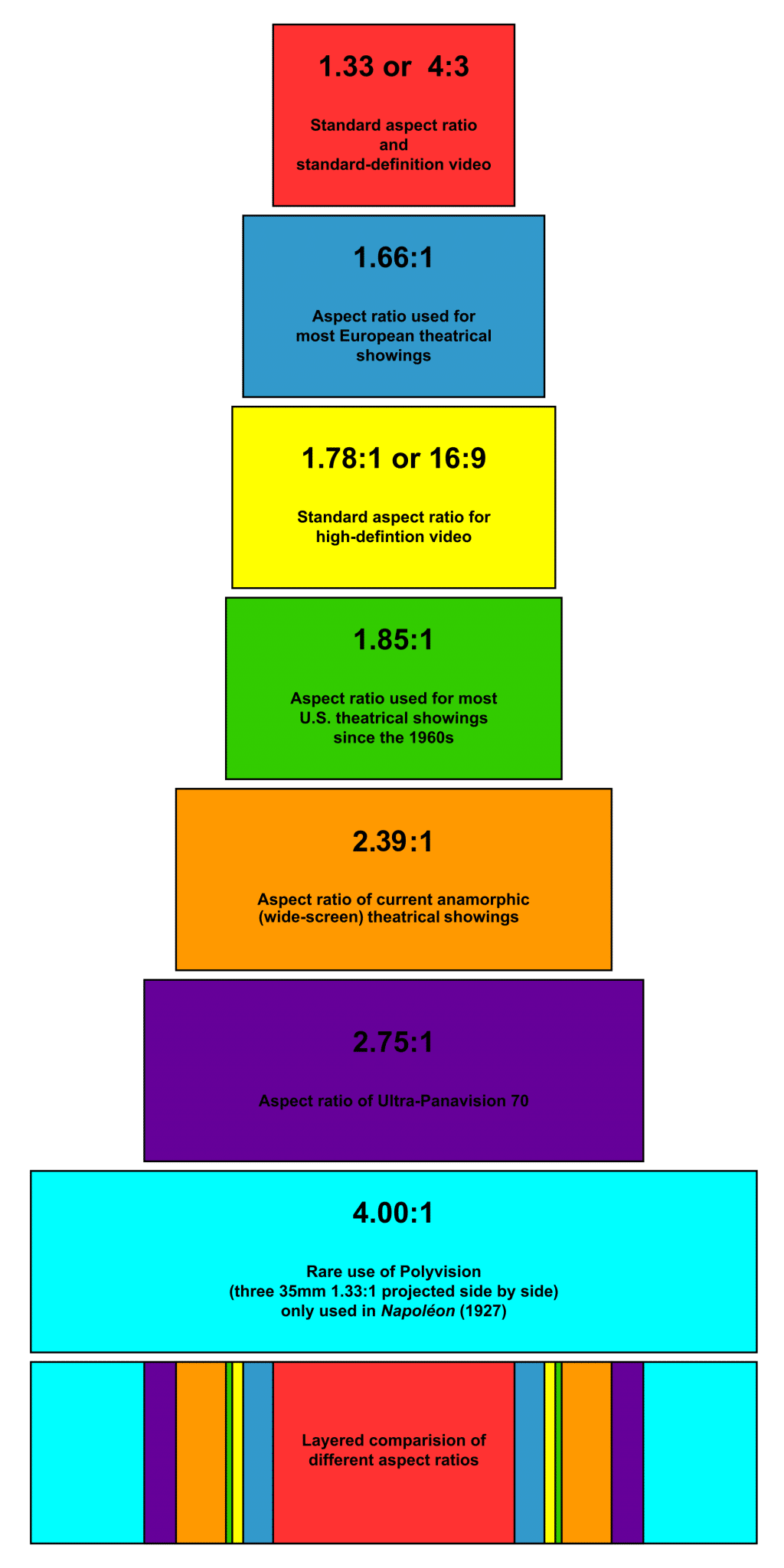



Keep in mind that Reels are cropped to a 1:1 image in your profile feed and a 4:5 image in the home feed.Image size: 1080 x 1920 pixels Instagram carousel image sizes Recommended image size: Width of 1080 pixels, height between 5 pixels (This depends if your image is landscape or portrait).Supported aspect ratios: Anywhere between 1.91:1 and 4:5.Social media aspect ratios and dimensions (2022) Instagram Instagram image sizes for feed photos To keep your images looking as good as possible, alway preserve the aspect ratio. If you get adventurous and move away from the aspect ratio when resizing an image, the result will be a stretched or squeezed mess. Using a calculator, you can calculate height or width based on an eneted aspect ratio or find the reverse. Here is a calculator you can play around with. If you need to fit a piece of content to a particular device or use case, a calculator can help when resizing. You will find these on new, ultrawide monitors. It is not uncommon to see other aspect ratios such as 21:9 or even 31:9. However, with modern mobiles and monitors. The sixteen referring to the width and the nine to the height. In television, the aspect ratio is usually 16:9, or more commonly referred to as “Sixteen by nine”. You might recognise these by the black bars on the top and bottom of the screen when watching most movies. The two most common aspect ratios are 1.85:1 (widescreen) and 2.39:1. In film, the aspect ratio usually refers to the shape of the frame. For example, if you are uploading a photograph to instagram and you want it to be square shaped, that aspect ratio is 1:1 because the width and length are the same, making a perfect square. Social media aspect ratios and dimensions (2022)Īspect ratios usually change depending on where you are publishing or viewing a piece of content.It’s better to crop imagery slightly than to have pixels only extending partially into a new line. Value’s have been rounded down rather than up so that image data is never caught halfwayīetween framing and blanking. This has been done to better supportįield encoding, codec requirements and general sanity. From version 2.2 onward, all ratios that don’t divide perfectly have been rounded down to their closest even integer. This has been done for pragmatic reasons as we assume that most that are targeting a strict 2.39 ratio are doing this to match a Scope aspect ratio in cinema. It always pays to check what your destination is expecting to receive from you rather than trying to convince them you have it the right way round! 2.39 aspect ratios have been calculated based on Digital Cinema Scope 2.39 aspect ratio which is actually 2048/858 = 2.386946386946387. When it comes to anything between 2.35-2.44 we find it's best to look at your target destination and run with their predefined spec. As a result – all variants are included in this document. Having said this, there are times when delivering at 2.40:1 is actually required rather than 2.39:1 - Bluray's spec for anamorphic/scope content is one example. 2.35:1 was used in films prior to 1970 and 2.40:1 is an incorrect rounding from 2.39:1 to 2.40:1. Note: Many people refer to 2.35:1, 2.39:1 and 2.40:1 but these days they are usually all referencing the 2.39:1 aspect ratio. Below is a cheat sheet for the resolution to use when exporting for various aspect ratios and frame sizes. If you spot any faults or have any suggestions for updated versions, please let us know. Calculating out the required resolutions for particular aspect ratios can be a little tricky so we’ve created a cheat sheet to help simplify this process.


 0 kommentar(er)
0 kommentar(er)
